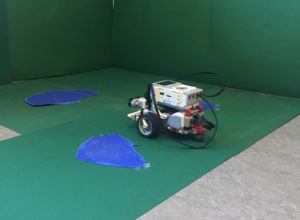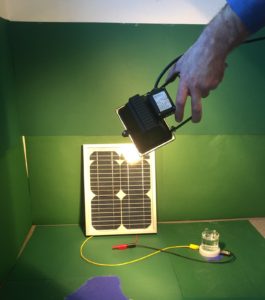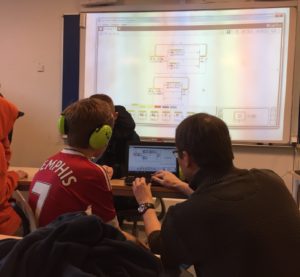Welcome to Unit 2 Experiencing STEAM: What if we moved to space?
On this page, we will review some key resources from the Experiencing STEAM group on the theme of designing a new planet, which we hope will give you inspiration to plan a relevant lesson with your own learners.
After you have reviewed these materials click on Mark Complete at the bottom of this page to continue.
Case study and lesson plan
Idea to Explore
Humans have always been curious about what lies beyond the last frontier. As humanity has explored the majority of the Earth, the last frontier is no longer on our planet and perhaps even outside our own solar system.
In this example, pupils have explored this last (but almost infinitive) frontier by researching the possible causes for humans being forced to leave our planet, and what the basic requirements to sustain life in space are. Moreover, they looked at how humans can use the already existing technology to terraform a new planet.
Introductory Video
Methodology
The sections below – Discover, Define, Develop and Deliver – align to the design thinking model:
Discover
In this phase, we looked at how human actions can cause pollution, mass extinction of bees and radiation, each of which could potentially lead to our planet becoming uninhabitable, forcing us to move to space or find a new planet.
Next, we investigated what humans need to survive in space or on a new planet, and speculated on what conditions a new planet might have and how we could use technology to help us improve the living conditions. Finally, we looked at how long such a project would take.
Alternatively, instead of defining a theoretical optimal planet, we thought it might be an idea to use Mars as a springboard and analyse how this planet could be made habitable. We thought about how the landscape would look after 500 years of terraforming or ‘earth-shaping’ to modify its atmosphere, temperature, surface topography and ecology to become habitable for humans.
We discovered our new planet by using Google Earth to find photos of the planets in our solar system and redefine them.
Define
In the defining phase, we investigated what the basic requirements for human survival are. We found that resources like energy, shelter, a suitable atmosphere, gravity and water are essential requirements to make life possible for human beings.
Develop
In the developing phase, we started contemplating how to build robots that have sensors that can detect obstacles and water. Pupils programmed robots so they were able to avoid obstacles that might cause damage to them and interrupt the important mission. Furthermore, they needed to be able to react to certain reflections that could be interpreted as an area containing water which is a necessity to build a successful colony.



Water is also essential for creating oxygen and hydrogen in the new environment and that is why electrolysis uses sunlight to make renewable hydrogen.
Deliver
The pupils built and coded robots that were able to measure a correct distance, avoid obstacles and find water.
Moreover, they made a test of how you can produce electricity with solar cells as well as use that energy to produce oxygen (and hydrogen) with electrolysis.
Finally, the pupils created a video of the new planet with explanations of why this planet would be suitable for human survival.
International Collaboration
During the project day, we tweeted about our findings and processes and were able to follow the partner schools by having Tweetbeam (www.tweetbeam.com) make our realtime tweets visible on a Smartboard.
The pupils’ visions of how the new planet would look were also shared with their partner school through uploading videos to a common platform, eTwinning.
Resources
Equipment for electrolysis, robots, iPads, green screen, video editing tools, solar cells, Google Earth for finding pictures of other planets.
STEM to STEAM analysis
Science: Electrolysis, photosynthesis, The Solar System, gravity, energy
Technology: LEGO Mindstorm robots, green screen, shooting videos, video editing
Engineering: Solar cells, building LEGO Mindstorm robots, producing electricity with solar cells, using electrolysis to create oxygen and hydrogen from water
Art: Recording and editing videos, creating new planet landscapes
Mathematics: Testing Mindstorm robots, coding the robots to perform certain tasks, calculating the time required for the space travel and how much time it takes to create a suitable atmosphere.
Padlet – Ideas
Below is a Padlet of examples to help you to think about how you could develop this theme in your own teaching context.
You can open the Padlet in a new tab if you prefer: https://padlet.com/dlaberasmus/Unit2ExperiencingSTEAMWhatifwemovedtospace
After you have reviewed these materials click on Mark Complete at the bottom of this page to continue.

